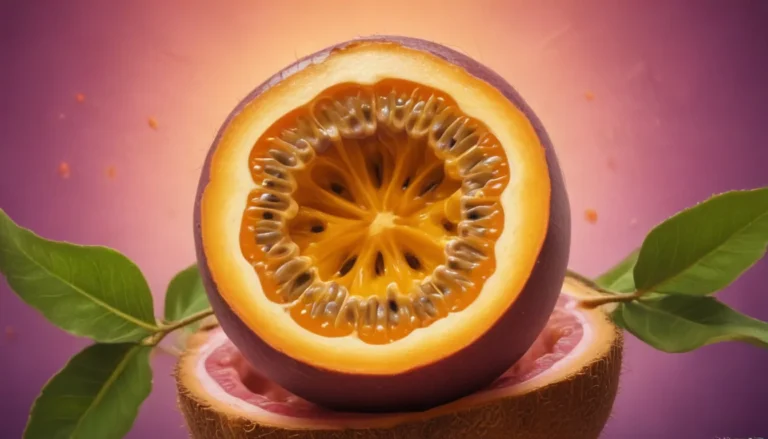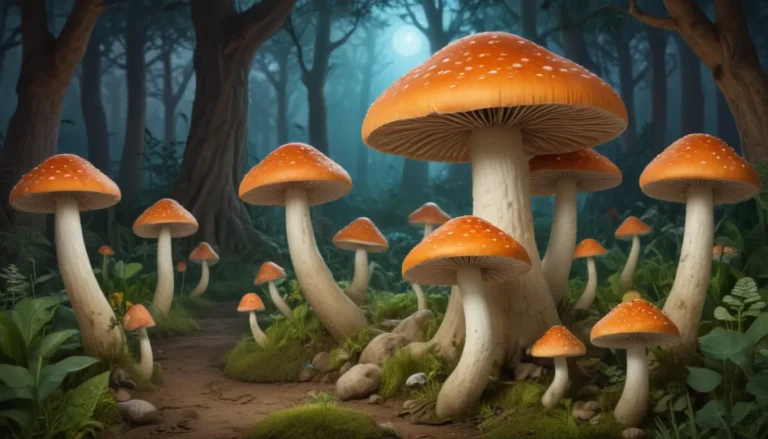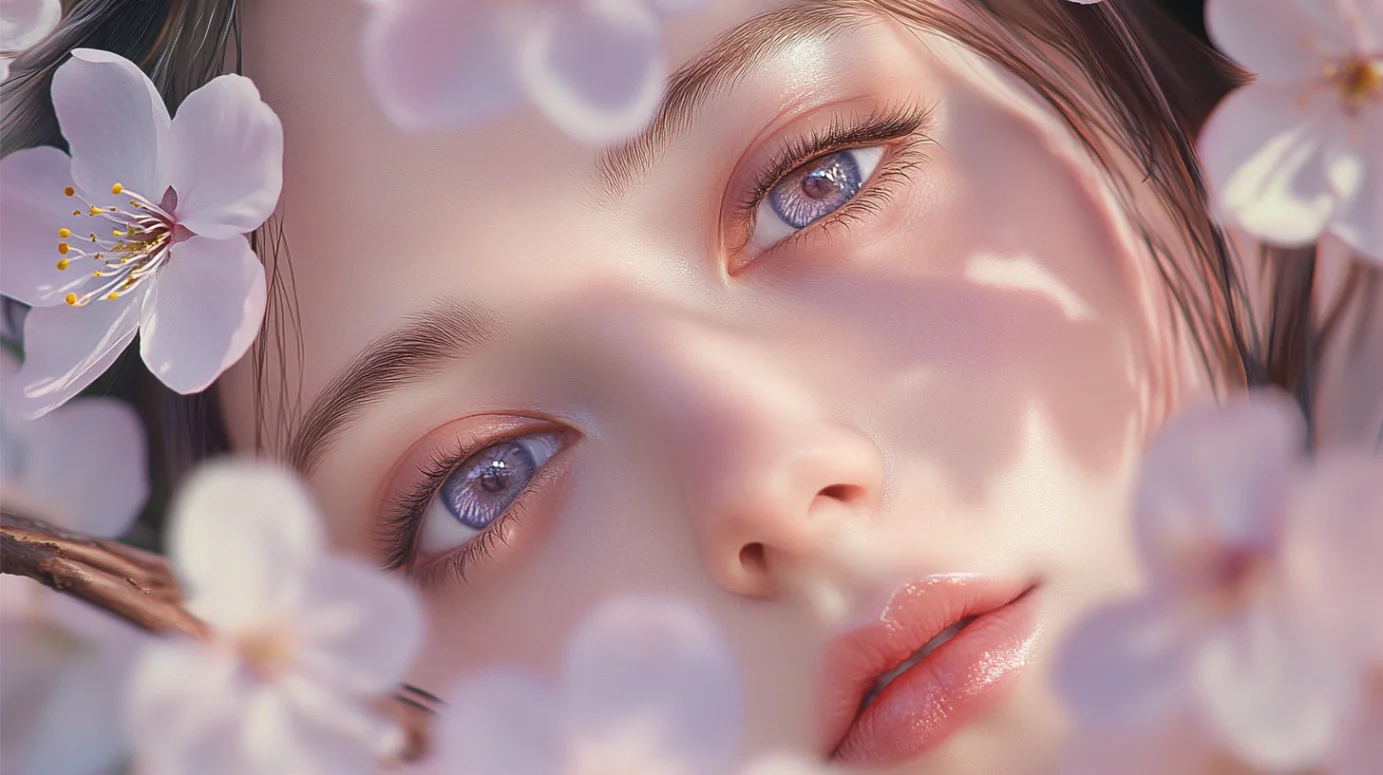
Cherry blossoms, with their delicate petals and ephemeral beauty, have captivated hearts and minds for centuries. These fleeting flowers hold a special place in many cultures, particularly in Japan, where they are known as sakura. But beyond their aesthetic appeal, cherry blossoms carry deep spiritual significance that resonates with people around the world.
In this blog post, we’ll explore the rich tapestry of meanings woven into the symbolism of cherry blossoms. From their connection to the cycle of life to their representation of mindfulness and living in the present moment, we’ll uncover the wisdom these gentle flowers can impart. Whether you’re a nature enthusiast, a spiritual seeker, or simply curious about the hidden meanings in the world around us, join us on this journey to discover the spiritual essence of cherry blossoms.
Key Takeaways:
- Cherry blossoms symbolize the transient nature of life
- They represent renewal, hope, and new beginnings
- Cherry blossoms teach us about mindfulness and appreciating the present moment
- These flowers are deeply connected to spiritual practices in various cultures
- Embracing the lessons of cherry blossoms can enrich our spiritual journey
The Cycle of Life and Rebirth
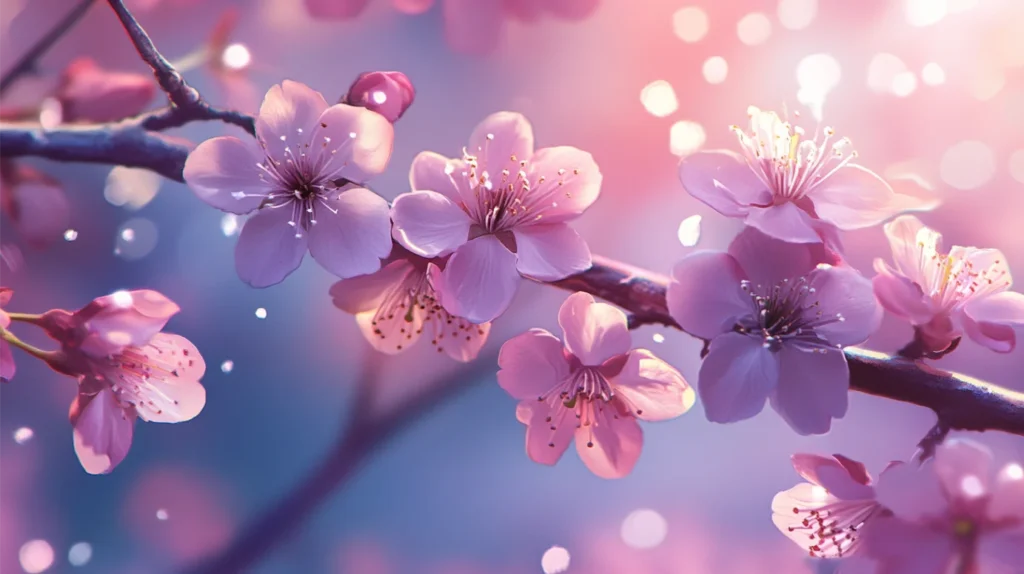
One of the most profound spiritual meanings associated with cherry blossoms is their representation of the cycle of life and rebirth. These delicate flowers bloom for a brief period, often lasting only a week or two, before their petals fall to the ground. This short-lived beauty serves as a powerful reminder of the impermanence of all things in life.
In many spiritual traditions, the fleeting nature of cherry blossoms is seen as a metaphor for human existence. Just as the blossoms emerge, flourish, and then fade away, so too do our lives follow a similar pattern. This understanding can help us appreciate the preciousness of each moment and inspire us to live more fully.
The annual blooming of cherry blossoms also symbolizes renewal and fresh starts. As winter gives way to spring, the appearance of these flowers marks a new beginning in nature’s cycle. This can be seen as a spiritual reminder that no matter what challenges or hardships we face, there is always the potential for rebirth and new opportunities.
Mindfulness and Living in the Present
Cherry blossoms offer us a beautiful lesson in mindfulness and the importance of living in the present moment. Their brief blooming period encourages us to pause and appreciate the beauty that surrounds us, knowing that it won’t last forever.
This concept aligns closely with many spiritual practices that emphasize the value of being present. When we take the time to truly observe and appreciate cherry blossoms, we’re practicing a form of meditation – focusing our attention on the here and now, rather than getting caught up in worries about the future or regrets about the past.
The sakura can teach us to:
- Slow down and notice the beauty in our surroundings
- Appreciate the present moment, knowing it is fleeting
- Find joy in simple pleasures
- Let go of attachments to temporary things
By embracing these lessons, we can cultivate a deeper sense of peace and contentment in our lives.
Cultural and Spiritual Significance
While cherry blossoms hold spiritual meaning across many cultures, they have a particularly strong significance in Japanese spirituality and culture. In Japan, the annual cherry blossom viewing, known as hanami, is not just a casual picnic under flowering trees – it’s a profound spiritual practice that dates back centuries.
The spiritual essence of cherry blossoms in Japanese culture is deeply intertwined with Buddhist and Shinto beliefs. In Buddhism, the brief lifespan of the cherry blossom is seen as a reminder of the impermanence of all things, a core tenet of the religion. This concept, known as mono no aware, encourages a gentle sadness at the passing of things, mixed with a deeper appreciation for their beauty.
In Shinto, the indigenous spirituality of Japan, cherry blossoms are believed to embody the spirits of the mountains and are considered sacred. The falling petals are sometimes seen as the descent of kami (spirits or gods) to bless the earth and its inhabitants.
But the spiritual significance of cherry blossoms extends beyond Japan. Let’s explore how these flowers are viewed in different spiritual contexts:
| Culture/Tradition | Spiritual Meaning of Cherry Blossoms |
|---|---|
| Buddhism | Impermanence, detachment from worldly desires |
| Shinto | Sacred embodiment of nature spirits |
| Christianity | Renewal, resurrection, divine love |
| Chinese culture | Feminine beauty, love, passion |
| Native American | Harmony with nature, good fortune |
This table illustrates how the spiritual meaning of cherry blossoms can vary across different belief systems, while still maintaining common themes of renewal, beauty, and the ephemeral nature of life.
Lessons for Personal Growth

The spiritual symbolism of cherry blossoms offers valuable lessons for our personal growth and development. By reflecting on these delicate flowers, we can gain insights that help us navigate life’s challenges and cultivate inner peace.
Embracing Change
Cherry blossoms remind us that change is an inevitable part of life. Their brief blooming period teaches us to embrace transitions rather than resist them. Just as the cherry tree must let go of its blossoms to make way for new growth, we too must sometimes let go of old habits, beliefs, or situations to allow for personal evolution.
How can you apply this lesson in your own life? Are there areas where you’re resisting necessary change? Consider how embracing transformation, like the cherry blossom, might lead to new opportunities for growth.
Finding Beauty in Imperfection
The beauty of cherry blossoms lies not in their perfection, but in their delicate and fleeting nature. This can teach us to appreciate the imperfections and temporary nature of our own lives. Instead of striving for an unattainable ideal of perfection, we can learn to find beauty in our uniqueness and the journey of life itself.
Take a moment to reflect: How might your life change if you embraced your imperfections as part of your unique beauty, just like the delicate and imperfect cherry blossom?
Cultivating Gratitude
The brief appearance of cherry blossoms encourages us to cultivate gratitude for the present moment. When we realize that beauty and joy are often fleeting, we’re more likely to appreciate them fully when they’re present in our lives.
Try this: Each day, take a few moments to notice and appreciate something beautiful or joyful in your life, no matter how small. How does this practice of gratitude affect your overall outlook?
Connecting with Others Through Cherry Blossom Spirituality
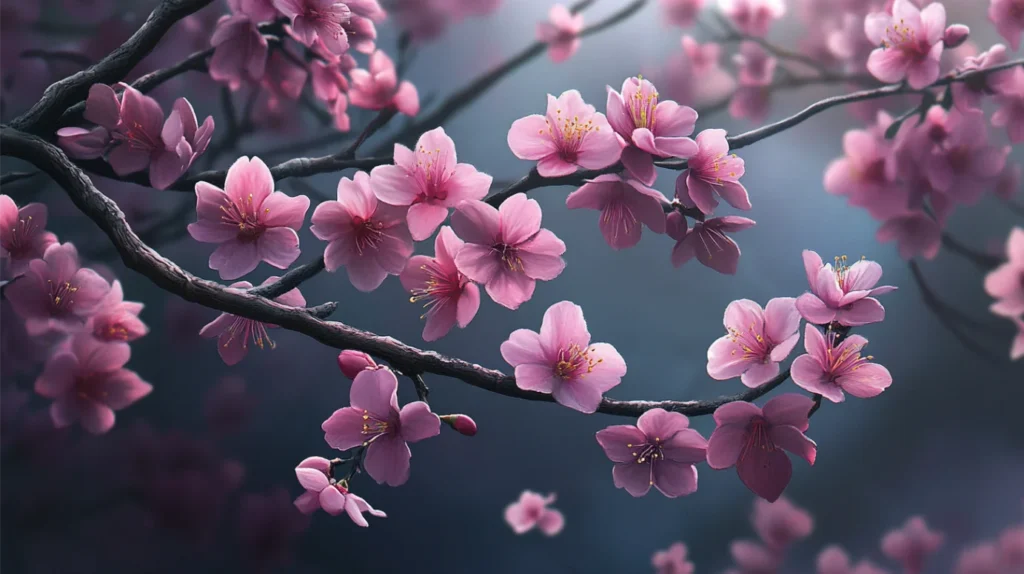
One of the beautiful aspects of cherry blossom spirituality is its potential to connect us with others. The practice of hanami in Japan is a communal activity, bringing people together to appreciate nature’s beauty. We can take inspiration from this to create our own ways of connecting with others through the symbolism of cherry blossoms.
Consider organizing a cherry blossom viewing party with friends or family. Even if you don’t have cherry trees in your area, you can still celebrate the spirit of the blossoms. Share meals, poetry, or art inspired by the themes we’ve discussed – impermanence, beauty, and renewal.
You might also consider joining or starting a group dedicated to mindfulness or nature appreciation. These communities can provide support and encouragement as you explore the spiritual lessons of cherry blossoms and other natural phenomena.
How might sharing these experiences and insights with others enrich your spiritual journey? Could discussing the spiritual meaning of cherry blossoms open up new conversations and connections in your life?
Conclusion: Embracing the Wisdom of Cherry Blossoms
As we conclude our exploration of the spiritual significance of cherry blossoms, we’re reminded of the profound wisdom these delicate flowers can impart. From teaching us about the impermanence of life to encouraging mindfulness and appreciation of the present moment, cherry blossoms offer a gentle yet powerful guide for our spiritual journey.
By embracing the lessons of the cherry blossom – accepting change, finding beauty in imperfection, and cultivating gratitude – we can enrich our lives and deepen our connection to the world around us. As you go about your day, take a moment to reflect on these teachings. How can the spirit of the cherry blossom help you live more fully, more mindfully, and with greater appreciation for the beauty of each passing moment?
Remember, like the brief blooming of the cherry blossom, our time here is precious and fleeting. Let’s make the most of it, spreading beauty and joy wherever we go, just as the cherry blossom does in its short but glorious life.
